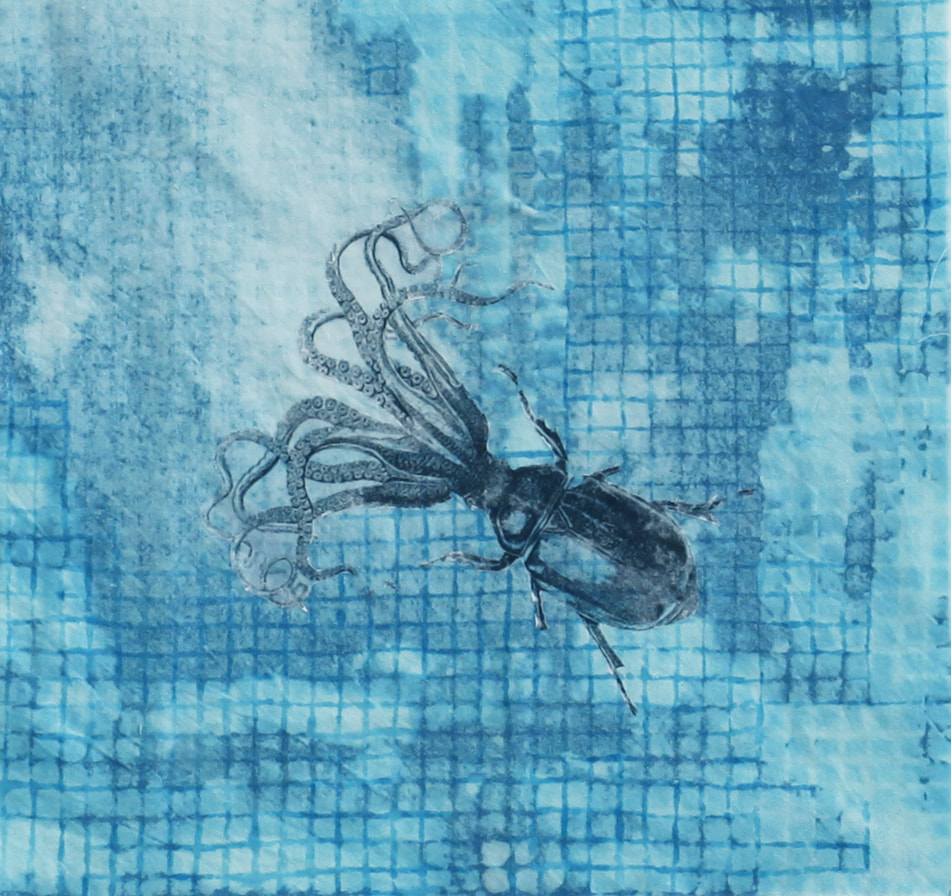I loved the metaphorical use of parkour and swing as being vehicles to weave a delicate and necessary balance between teaching the two-dimensional representations of our subject that have been preserved in tradition and practice, and trying to instill a playful vibrancy in the delivery and humanistic relevance of those subjects. I relate to the idea of taking comfort in our grid-like learning and teaching structures: I find comfort in scheduling and making lists and plans. I agree that a certain amount of this structure is necessary, just as roads and playground structures need to exist before creative ways of using them can be discovered. I always find joy in leaving the grid's confines, and find the ideas I get from this re-energize how I interact with the grid. I place a lot of value on the human experience, and the importance of letting our students make the learning personal to them: "to bring multi-sensory awareness and ways of learning to consciousness, and to help learners notice sounds, smells, tastes, textures, balance, temperature, movement and other sensory impressions." To offer such a full-bodied learning experience one has to keep sight of the foundational grid, but have the flexibility to see around and beyond it.
"Parkour remakes the city a playground, turning intended barriers into handholds," I think was my favorite image. I really love the idea of being playful, and thinking outside of the box in terms of how we ask our students to experience mathematics. I especially love reframing how we think of barriers, as not preventing learning but being places where we take our time and allow ourselves to be slowly guided by what we discover about ourselves.
I had not heard of the concept of Alter-Global principles and am happy to have been introduced them as they resonate strongly with what I think as important ways to live and approach learning. Much of these practices seem akin to embracing Indigenous learning perspectives which help me visualize strategies on how to incorporate these practices in my classroom.
The repeated metaphor of "Dancing teachers into being" is such a lovely image that expresses so much more than words can suffice. We can't simply read, write or practice to become teachers, but in fact becoming a teacher who can sway with the tides of our changing world, one has to experience a full-bodied experiential transformation to both lighten and ground our spirit to tradition and inspiration.
From: https://www.heatherbeardsley.com/dissolving-grids.html




So beautiful!!
ReplyDelete